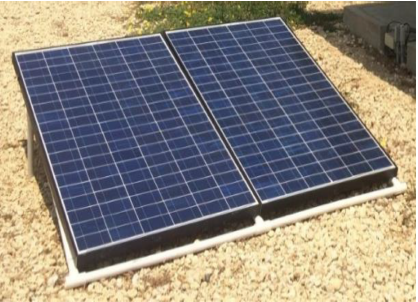Power loss rise from 23 in normal incident to 4 7 24 8 at 58 for radiometer bird dropping one of the issues in this study.
Average loss of power effeciency due to dirty solar panels.
Potential induced degradation pid is a relatively recently discovered phenomenon which can occur in solar panels although a concise understanding of what causes it is still being finalised.
Factors that affect solar panel efficiency.
The highest efficiency solar panels on the market today can reach almost 23 percent efficiency.
In my opinion this is an insignificant loss when considering how dirty the solar panels were.
The amount of loss can range from a few percent to 50 or more.
Since the use life of a solar system is 20 to 25 years think how the car windows on your car would look if you only hose it off every six months.
I recently had a friend spend 20k for panels.
Or in other words 40 watts are lost with time.
Tests by the german fraunhofer institute showed that solar panels which are susceptible can lose more than 30 of their rated power through this effect and as much as 90 in extreme cases.
So on an average we are losing 40 watts 25 years 1 6 watts per year or 0 8 per year.
Solar panels have been consistently increasing in efficiency at about 5 annually since 2010.
Dust effect on solar panel increase as the tilt angle of incident increases.
Interesting that the solar companies tell you that the degradation percentages are 1 per year but in recent studies their findings are closer to 4 and 5.
Dirt accumulation soiling is accounted for by our design team when calculating solar production.
Dirty solar array has 1 4 reduction each year.
The average efficiency of solar panels falls between the 17 to 19 percent efficiency range.
16 m to 5 y.
They found that solar panels in very dirty environments saw a 25 percent drop in efficiency from atmospheric pollution alone.
Dirty solar panels will see an average 3 5 production boost when cleaned.
Combining these two effects a solar panel located in a heavily.
Pv glass and cells.




















/renewable-1989416_1920-78ab21e14d5c4096bf9895a9569ad531.jpg)




